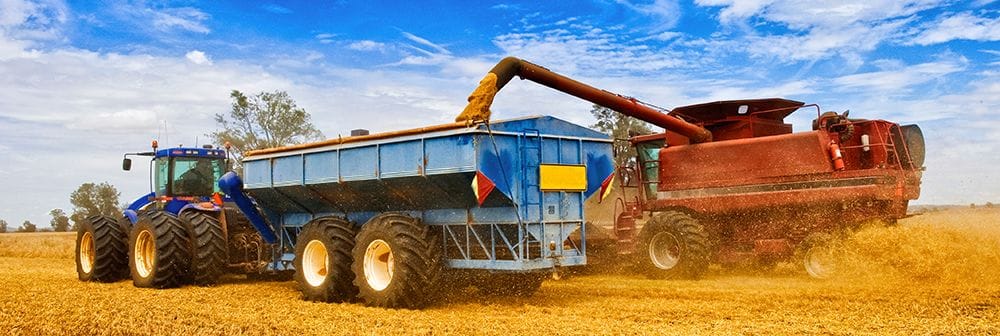Snapshot shows strength behind numbers
The ABARES Snapshot covers eight aspects of Australian agriculture: its role in the broader economy, trends in production, farm incomes, industry structure and productivity, climate change impacts and risk management, agricultural employment...

THE Australian agricultural industry continues to grow and perform strongly in a number of key areas including exports, incomes, and risk management, according to latest ABARES Snapshot.
The ABARES (Australian Bureau of Agricultural and Resource Economics and Sciences) Snapshot of Australian Agriculture 2023 report describes the current state of agriculture nationally, with the aim of providing key information and statistics.
The report shows industry production and export values are forecast to hit record levels in 2022-23, with farm cash incomes for broadacre and dairy producers remaining well above historical benchmarks.
ABARES executive director Dr Jared Greenville said the numbers only tell part of the performance story.
“These results were made achievable through past reforms, investments in productivity, and changes in what we produce and export,” Dr Greenville said.
“These factors have placed the sector in a strong position to take advantage of the unusual combination of high commodity prices and recently favourable climate. Perhaps more importantly, they put the sector in a good position to respond positively to future opportunities and challenges.
“While the recent climate has been quite beneficial to the agricultural sector, we’re anticipating farms facing pressures to adapt to the negative effects a changing climate will have on profit.
“In addition, sustainability is an increasingly important attribute to both consumers and investors in all markets, including agriculture, and sustainability credentials are being included in trade policies and investment criteria in many countries.
“On many criteria, Australia’s agricultural industries are already very sustainable compared to our competitors in global markets. We need to be careful to ensure we maintain that advantage.”
Dr Greenville said the run of high rainfall years was expected to end and weather conditions would likely shift back toward normal rainfall patterns.
“Despite the deteriorating conditions, strong soil moisture, full water storages and the rebuilding of our herds and flocks will provide a buffer for overall production, giving us another year in the high country,” he said.
The ABARES Snapshot covers eight aspects of Australian agriculture: its role in the broader economy, trends in production, farm incomes, industry structure and productivity, climate change impacts and risk management, agricultural employment, sustainability and trade, and is available to download on the ABARES website.





